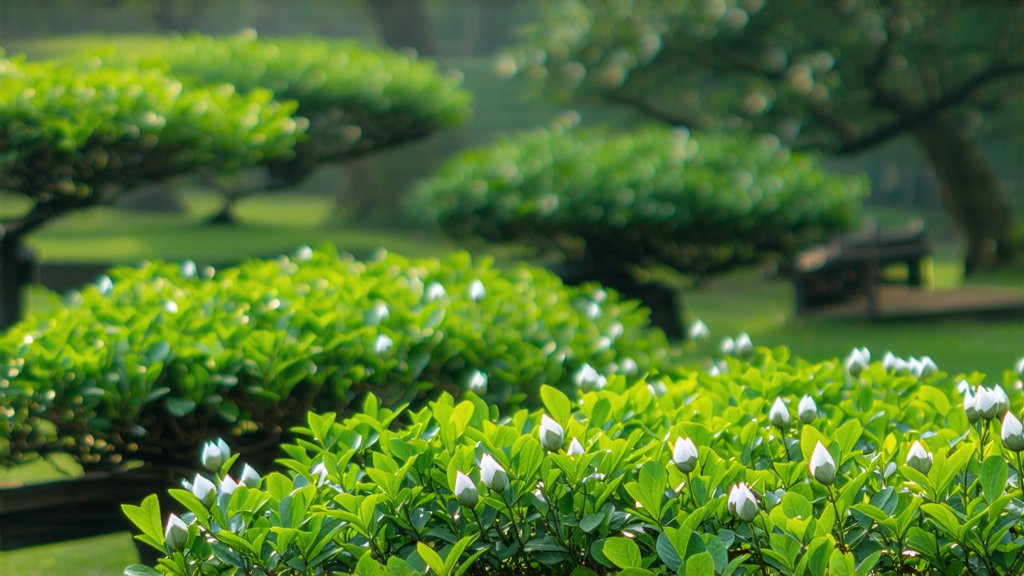
In the vast and diverse landscape of Chinese tea culture, few varieties capture the essence of purity and elegance quite like Baihao Yinzhen (白毫银针), or "Silver Needle" in English. This exquisite white tea, hailing from the verdant hills of Fujian Province, stands as a testament to the artistry and tradition that have defined China's tea heritage for centuries. As a tea culture researcher and master, I am delighted to guide you through the enchanting world of Baihao Yinzhen, shedding light on its storied history, unique varieties, meticulous production process, and the delicate art of its appreciation.
A Glimpse into History
The origins of Baihao Yinzhen can be traced back to the early Qing Dynasty, around the 1790s, making it one of the oldest styles of Chinese tea. It is said that this tea was born out of an imperial decree issued by Emperor Qianlong, who demanded the finest tea leaves from the Fujian region. The result was Baihao Yinzhen, a tea so esteemed that it became known as the "Tea of Kings." Over time, it has evolved from a royal delicacy into a cherished beverage enjoyed by tea connoisseurs worldwide.
Varieties and Characteristics
Baihao Yinzhen primarily comes from two renowned tea gardens in Fujian: Fuding and Zhenghe. Each locale imparts its distinct characteristics to the tea:
- Fuding Baihao Yinzhen: Grown at higher altitudes, these teas are often more robust, with a fuller body and a slightly sweet aftertaste. The leaves are covered in a fine layer of downy white hairs, giving them a shimmering silver hue.
- Zhenghe Baihao Yinzhen: Cultivated at lower elevations, Zhenghe's version tends to be lighter and more delicate, with a subtle floral aroma and a smoother texture. Its appearance is equally stunning, with long, slender buds resembling needles coated in silvery fuzz.
Despite their differences, both varieties share a common trait—the use of only the youngest shoots and buds, which contain the highest concentration of nutrients and contribute to the tea's exceptional quality.
The Art of Production
The magic of Baihao Yinzhen lies not only in its ingredients but also in its minimalist production process, which preserves the natural flavors and properties of the tea leaves. Here's a glimpse into the intricate steps involved:
-
Plucking: Only the topmost buds and the first two leaves are handpicked during the early spring, typically in March or April, when the weather is cool and damp. This ensures the tenderness and freshness of the leaves.
-
Withering: The freshly plucked leaves are spread out thinly on bamboo mats under shade, allowing them to wither naturally for about 24-48 hours. During this period, the leaves lose moisture while retaining their essential oils and enzymes.
-
Drying: After withering, the leaves undergo a gentle drying process either by sun exposure or low-temperature baking. Sun drying is considered superior as it imbues the tea with a subtle sweetness and a more complex flavor profile.
-
Sorting and Grading: Once dried, the tea is carefully sorted to remove any imperfections. Only the finest, most pristine buds make it into the final product, ensuring a consistent quality that befits its prestigious status.
Appreciating Baihao Yinzhen
To truly savor Baihao Yinzhen is to embark on a sensory journey that transcends ordinary tea drinking. Here are some guidelines for an authentic tasting experience:
-
Preparation: Use water heated to approximately 80-85°C (176-185°F). Rinse a gaiwan or glass teapot with hot water to warm it up before adding the tea leaves.
-
Infusion: Place about 3-5 grams of Baihao Yinzhen per 100ml of water. The first infusion should be discarded as a rinse to awaken the leaves. For subsequent infusions, allow the tea to steep for 1-2 minutes, adjusting based on personal preference and the number of infusions.
-
Observation: Admire the transformation of the pale yellow liquor, noting its clarity and the subtle dance of the silver needles within.
-
Aroma: Inhale deeply to detect the delicate fragrance, which may range from floral notes to hints of honey or fruit, depending on the variety and terroir.
-
Tasting: Take small sips, allowing the tea to coat your palate. Notice the silky texture, the mild sweetness, and the clean, refreshing finish that lingers.
-
Multiple Infusions: Baihao Yinzhen is known for its resilience and ability to yield multiple infusions, each revealing new dimensions of flavor and aroma. Enjoy the gradual unfolding of the tea’s character over several brews.
Conclusion
Baihao Yinzhen is more than just a tea; it embodies a philosophy of simplicity, elegance, and harmony with nature. From its historical roots in imperial courts to its present-day allure among global tea enthusiasts, Baihao Yinzhen continues to captivate with its ethereal beauty and profound depth. As you embark on your own exploration of this remarkable white tea, remember that each sip is a connection to centuries-old traditions and the timeless pursuit of perfection in the art of tea making.